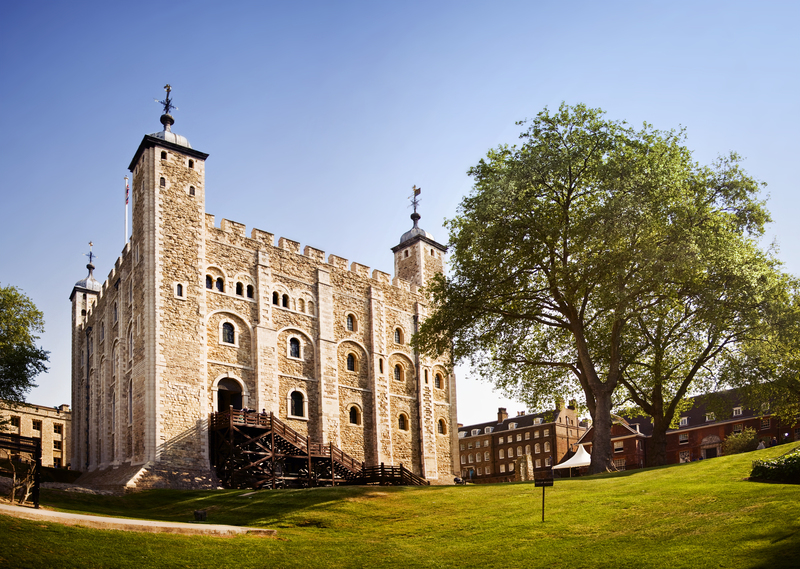Strolling Through Time: A Historic Tour of Charming Wimbledon
Posted on 05/09/2024
Wimbledon, located in the southwest part of London, is a charming town known for its prestigious tennis tournament and beautiful green spaces. However, before becoming a hub for sports and recreation, Wimbledon has a rich history dating back to the Iron Age. Taking a stroll through this charming town means stepping into a time machine and exploring its fascinating past. From ancient burial grounds to grand estates, let's take a historic tour of Wimbledon.
The Iron Age: Origins of Wimbledon
The first evidence of human presence in Wimbledon can be traced back to the Iron Age, around 700 BC. During this period, the area was inhabited by the Celts who left behind several artifacts such as tools and weapons. The most notable archaeological site from this era is an ancient hill fort known as Caesar's Camp, located on Wimbledon Common. This fortified settlement was believed to have been used for defensive purposes against invaders.

The Roman Times: Settlement and Development
With the arrival of the Romans in 43 AD, Wimbledon saw significant development and became a bustling settlement. The Romans built roads connecting Wimbledon to other nearby towns and established agriculture in the area. The remains of a Roman villa were discovered in 1976, providing insight into their way of life. Additionally, there are also traces of an ancient Roman temple that once stood on Wimbledon Common.
Medieval Period: Growth and Decline
During the medieval period, Wimbledon experienced rapid growth due to its fertile land and its proximity to London. A market was established near St Mary's Church, which still stands today. However, this period also saw a decline in population due to the Black Death that swept across Europe, decimating nearly half of Wimbledon's population. Despite that, several historic landmarks from this era still remain, including St Mary's Church and Merton Priory.
18th - 19th Century: Rise of a Modern Town
The 18th and 19th century marked the rise of Wimbledon as a modern town. With the development of the railways, the area became more accessible and attracted affluent families who built grand estates. One such estate, now known as Wimbledon Village, is home to picturesque streets lined with boutique shops and restaurants. Another notable landmark is Wimbledon Windmill, built in 1817 and still functioning today.
Pros and Cons of Visiting Wimbledon
Pros:
- Rich historical heritage: A walk through Wimbledon allows you to immerse yourself in its fascinating past, from the Iron Age fort to medieval churches to grand estates.
- Beautiful green spaces: Wimbledon is surrounded by expansive green spaces, including Wimbledon Common and Cannizaro Park, providing a peaceful escape from the hustle and bustle of London.
- Prestigious sporting event: The annual Wimbledon tennis tournament is one of the most prestigious events in the world, attracting top players and spectators from all over the globe.
Cons:
- Crowds during peak season: The town can get quite crowded during the summer months when the tennis tournament takes place, making it difficult to fully appreciate its charm.
- Limited transportation options: While there are good transportation links to London, getting around within Wimbledon itself can be challenging for visitors without a car.
Tips for Exploring Historic Wimbledon
1. Take a guided tour: Joining a guided walking tour is an excellent way to learn more about Wimbledon's history and visit its famous landmarks.
2. Visit on weekdays: To avoid crowds, plan your visit to Wimbledon on weekdays rather than weekends or during peak season.
3. Bring comfortable shoes: Most of the historic sites in Wimbledon are within walking distance, so be sure to bring comfortable shoes to explore them all.

Takeaways from Strolling Through Time in Wimbledon
Wimbledon is not just about tennis; it has a rich history waiting to be discovered. From ancient forts to grand estates, every corner of this charming town has a story to tell. Take a stroll through its streets and immerse yourself in its fascinating past.
In Conclusion
A historic tour of Wimbledon is a must for anyone looking to explore the town beyond its famous tennis tournament. With well-preserved landmarks from different eras, beautiful green spaces, and a charming village, Wimbledon offers a unique blend of history and modernity. So next time you visit London, take a detour and discover the hidden gems of this charming town.


